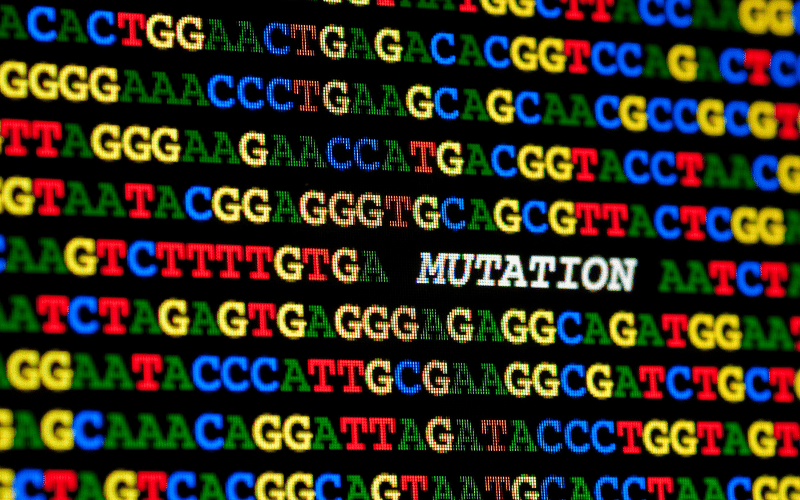Fact 5: Genetic Mutations and ATC

Genetic mutations form the dark heart of Anaplastic Thyroid Cancer. These alterations in the DNA sequence drive the transformation of normal cells into cancerous ones, paving the way for ATC. While genetic mutations are common to many cancers, the specific mutations associated with ATC paint a unique, albeit harrowing, picture.
Research has identified a number of genetic mutations associated with ATC, including alterations in the BRAF, TP53, and RAS genes. The BRAF V600E mutation, for instance, has been found in a significant portion of ATC cases, playing a key role in the initiation and progression of the disease. It’s a troublesome contributor to the ATC narrative, highlighting the critical role genetics play in the disease.
Similarly, alterations in the TP53 gene, often referred to as the “guardian of the genome,” have been identified in a significant number of ATC cases. This mutation hinders the cell’s ability to prevent unchecked growth, leading to the development and spread of cancer.
RAS gene mutations, too, have been associated with ATC. These mutations disrupt the normal control mechanisms of cell growth and division, leading to the formation and progression of cancer. These genetic players weave a complex web, underlying the transformation of normal cells into a formidable adversary.
Deciphering the role of genetic mutations in ATC is like peeling back the layers of a dark mystery. Each mutation tells a story of transformation, of cells losing their way and turning malignant. While this understanding of the genetic underpinnings of ATC is sobering, it also opens avenues for targeted treatments, shining a glimmer of hope on a grim narrative. (5)